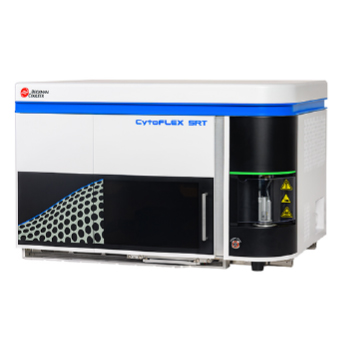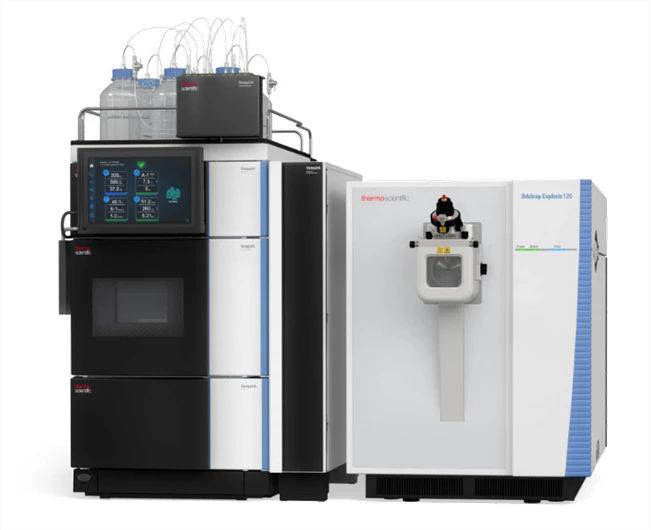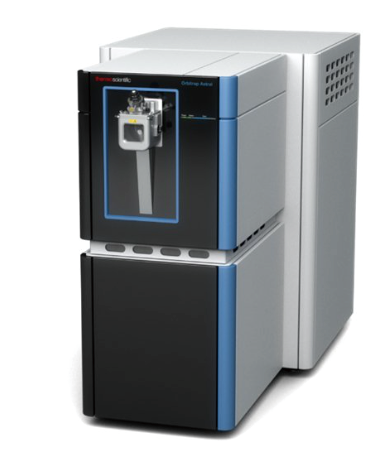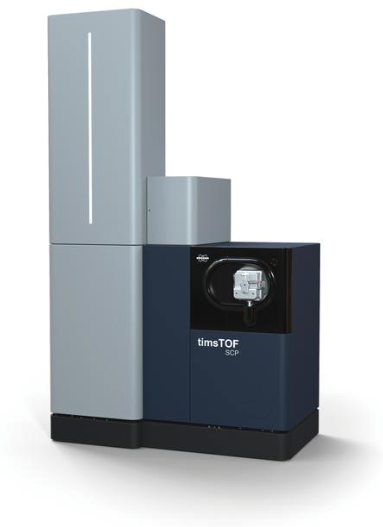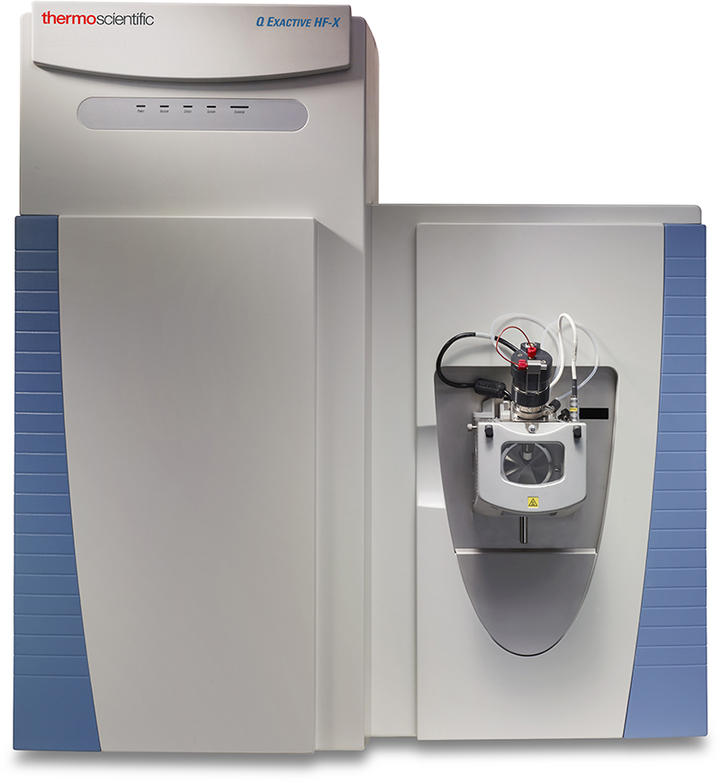Abstract
Muscle growth and development are important aspects of chicken
meat production, but the underlying regulatory mechanisms remain unclear
and need further exploration. CRISPR has been used for gene editing to
study gene function in mice, but less has been done in chick muscles. To
verify whether postnatal gene editing could be achieved in chick
muscles and determine the transcriptomic changes, we knocked out Myostatin (MSTN),
a potential inhibitor of muscle growth and development, in chicks and
performed transcriptome analysis on knock-out (KO) muscles and wild-type
(WT) muscles at two post-natal days: 3d (3-day-old) and 14d
(14-day-old). Large fragment deletions of MSTN (>5 kb) were achieved in all KO muscles, and the MSTN
gene expression was significantly downregulated at 14d. The
transcriptomic results indicated the presence of 1339 differentially
expressed genes (DEGs) between the 3d KO and 3d WT muscles, as well as
597 DEGs between 14d KO and 14d WT muscles. Many DEGs were found to be
related to cell differentiation and proliferation, muscle growth and
energy metabolism. This method provides a potential means of postnatal
gene editing in chicks, and the results presented here could provide a
basis for further investigation of the mechanisms involved in muscle
growth and development.
Text link:
https://www.mdpi.com/1422-0067/21/7/2584














